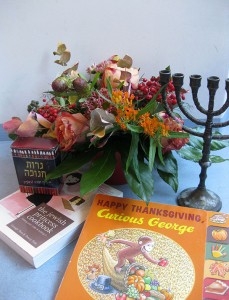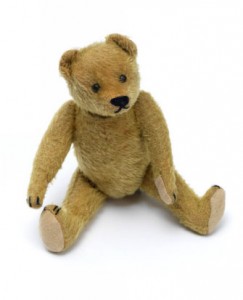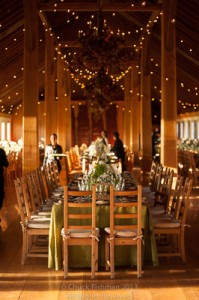Menurkeys for Thanksgivukkah?

Research under way in preparation for Thanksgivukkah
Photo: Signe Rossbach
Chanksgiving! As a family of German-American Jewish-Protestant-Catholic-Puritan backgrounds, we do like to celebrate as many holidays as we can possibly fit into our family schedule – with Halloween, our twins’ birthday and the classic German lantern parade for St. Martin’s day making for an action packed twelve days at the beginning of November.
After a bit of a breather we’re heading into the next holiday season – with a bit of a twist this year. Usually Hanukkah – the Jewish festival of lights and miracles – is associated with the Christian festival of lights and a miraculous birth: Christmas. And that makes sense, sort of, superficially at least. A few years ago we had an entire exhibition titled “Chrismukkah” – a cultural history of the evolution of the two holidays, and this year on December 3, Rabbi Daniel Katz will present a truly enjoyable talk on how they really don’t fit together at all.
But Thanksgiving? → continue reading

Teddy bear that belonged to Ilse Jacobson (1920-2007), textile, straw, glass, ca. 1920 to 1930, in our online collection
56,250. This is the number that comes up when I search our collection’s database for its complete holdings. 56,250 data sets describing, for the most part, individual objects, and occasionally entire mixed lots. You can now see 6,300 of these objects online. Releasing this information to the public provokes mixed feelings on the part of museum staff: we have a lot to say about many of these objects. Many of them don’t speak for themselves. You can’t tell, for instance, that this teddy bear belonged to a child emigrating from Germany. The meaning of many documents and photographs lies likewise to a large extent in their biographical or political history. They require sufficient detail and well-chosen catchwords to help visitors find other objects related to the same topic.
With this project, we have to proceed pragmatically. 15-30 minutes of working time per object is a lot if you have to inventory a mixed lot with 250 units. We verify everything, including things that occur to us as we’re working. We are aware that there’s more to write about – and there would be more to correct, – if we had the time for more thorough research. Yet we can only make forays into the library or even into the archive for special projects or particularly important objects. And so we rely to a great extent on digital sources. → continue reading

The wedding barn decorated with lights and flowers
© Chuck Fishman
With young adults spending an increasing number of years out of wedlock, preparation for marriage is ever more elaborate: Bachelor and bachelorette parties in North America are notorious for distracting brides- and grooms-to-be with alcohol and promiscuity. Celebrations of a similar nature are called stag and hen nights in England. In traditional German circles, friends and relatives of wedding couples smash dishes on so-called Polterabend (English: rowdy evening). In modern ones, the couple and their friends careen through city streets with flashy paraphernalia, printed t-shirts, and plastic trumpets.
Currently, a group of young Jews in the US are adapting an eastern European pre-marriage tradition, called tisch (Yiddish: table, short for chosson’s tisch, or groom’s table). → continue reading


